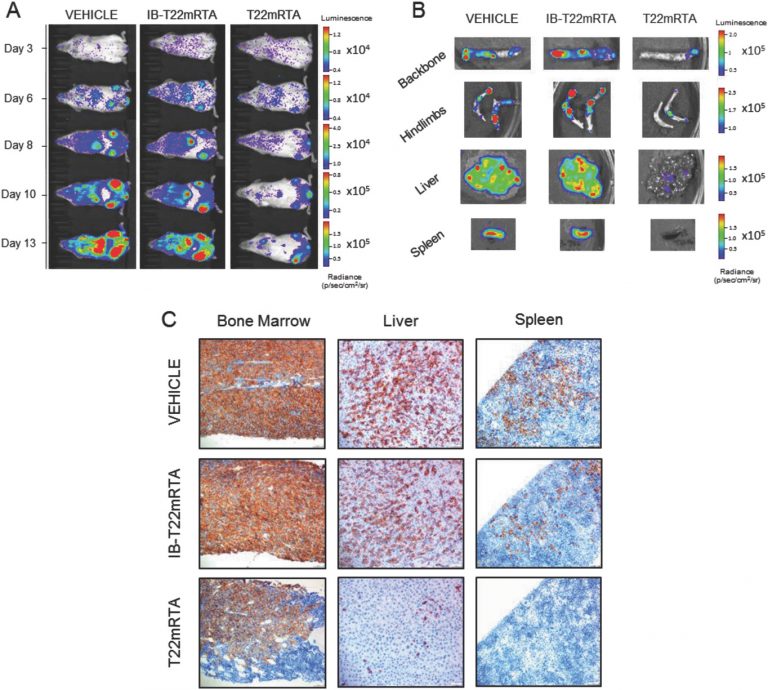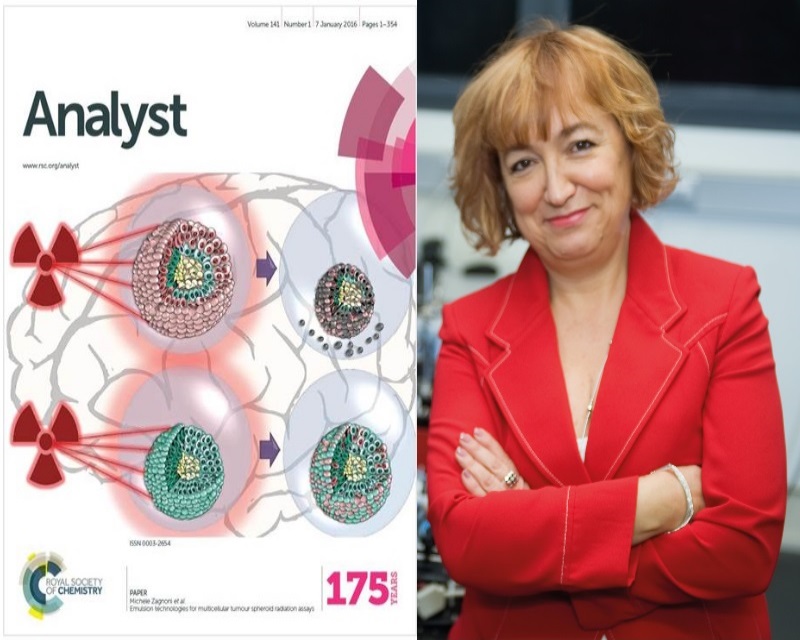Judith Guasch, (NANBIOSIS Unit 6) has been granted with a Ramon y Cajal grant from the Spanish Goverment
Judith Guasch holds a senior postdoctoral research position at the NANOMOL group CIBER-BBN at ICMAB-CSIC that coordinates NANBIOSIS Unit 6 Biomaterial Processing and Nanostructuring Unit, after being awarded with a TecnioSpring fellowship (Marie Curie Fellow, Cofund – Catalan Government and EU). Since 2017 she is also head of a Max Planck Partner Group (Dynamic Biomimetics for Cancer Immunotherapy) in collaboration with the Max Planck Institute for Medical Research (Heidelberg, Germany). Judith’s research interests are focused on the design, synthesis, and fabrication of multifunctional molecular and supramolecular materials for biomedical applications. Special interest is devoted to study the cell-material interaction for improving novel adoptive cell therapies for the treatment of cancer. She studied Chemistry at the UB (2006) and she received her PhD in 2011 from ICMAB. Afterwards, she carried out postdoctoral research at the Max Planck Institute for Intelligent Systems (Stuttgart, Germany).













